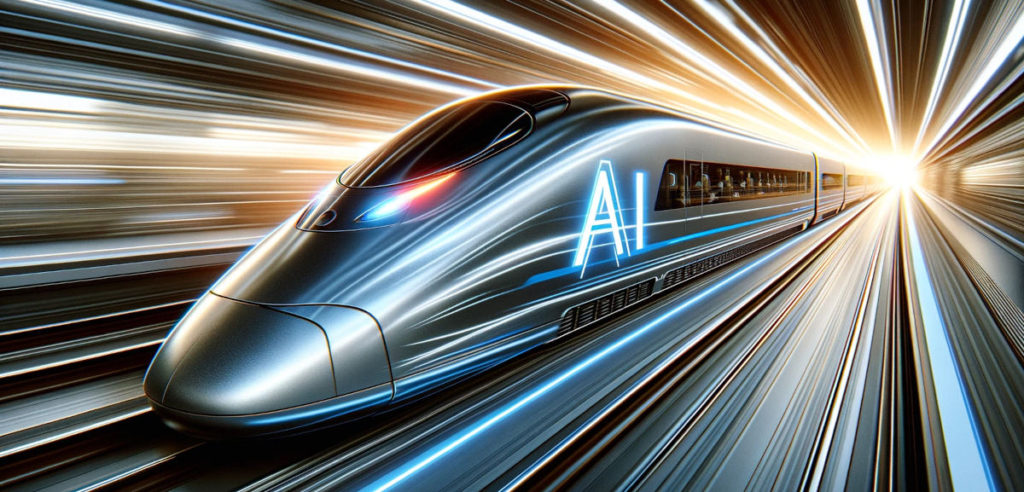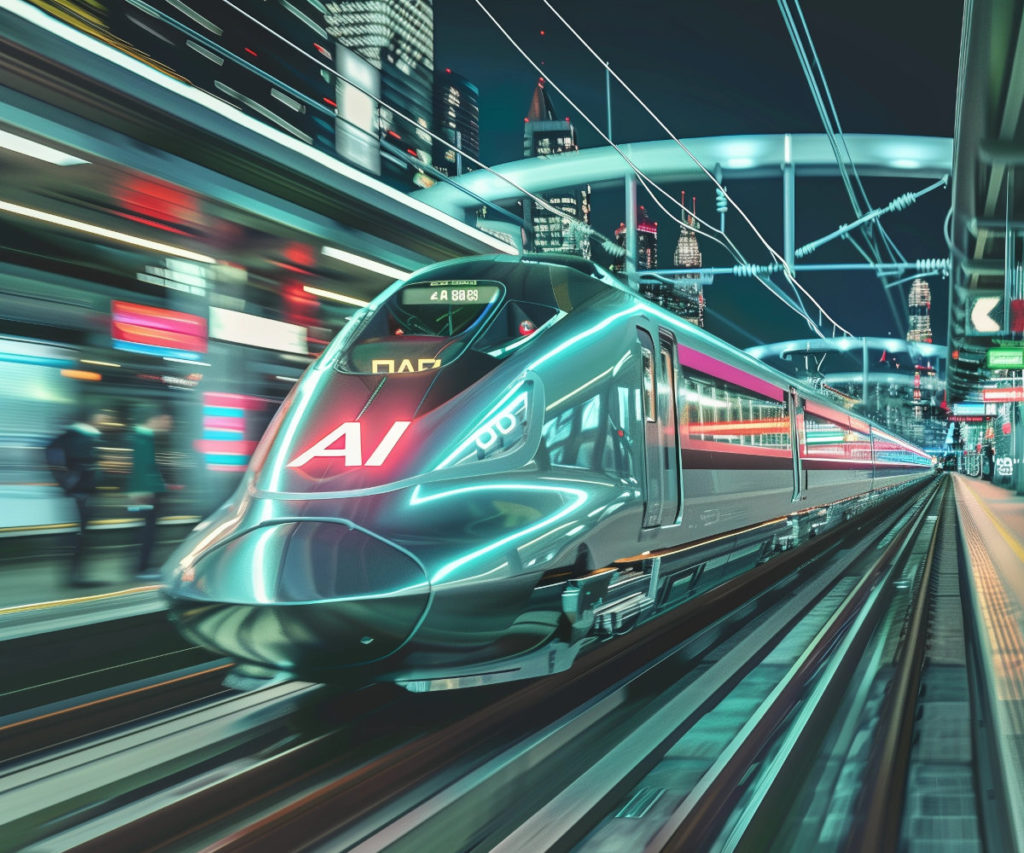Contents
The Beginning of a New Era
Email marketing thrives on personalization – individual emails, perfectly tailored to the target group or segment, are effective and lead to the best results. Most marketers will have experienced this.
Customers and readers have a wide variety of ideas, requirements, wishes and needs and in order to be successful, not only should and must the factual content meet these needs, but the form of the email also contributes significantly to good acceptance.
The layout, choice of colors and graphic elements play a significant role and are important psychological triggers that evoke emotions – at best, of course, benevolent ones.
A heartless email sent to thousands of recipients in the same form and layout cannot achieve the same effect, and this is a significant difference between professional email marketing and generic spam emails.
In the field of graphic design, nothing less than a NEW AGE has begun! Even if AI (artificial intelligence) is still in its infancy, the implications are enormous. Ultimately, nobody will be able to escape this development, so read this article today and become part of this new era!
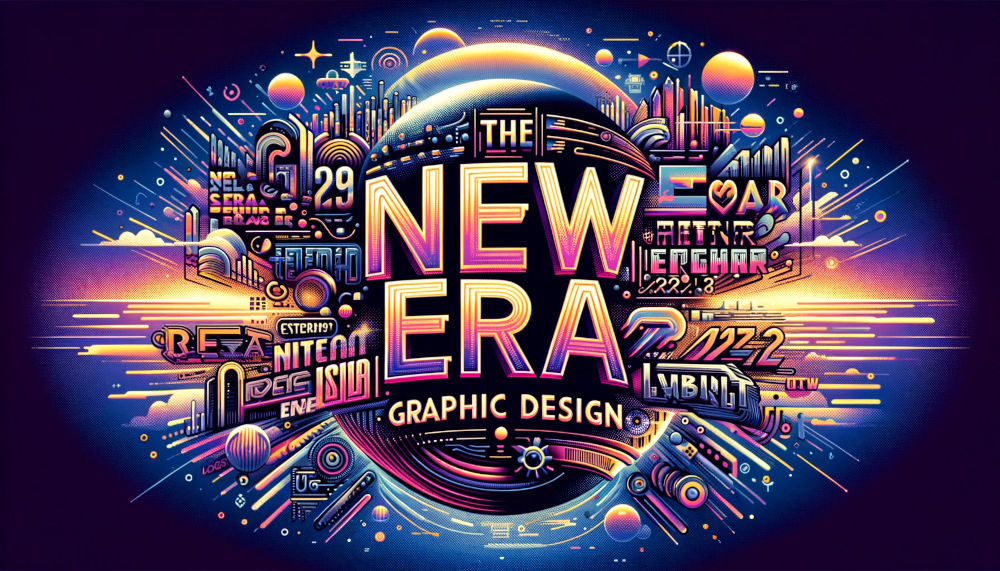
Gimmick or useful Innovation?
Innovations, no matter in which area of life, are usually adopted very slowly. This can have a variety of causes. Economic or cultural barriers often play a role, as do social influences, but it is usually a lack of knowledge or complexity that slows down rapid dissemination. So what could prevent rapid dissemination in this case?
Lack of knowledge as an Entry Barrier!
In the case of AI graphics generators, the decisive factor is probably a lack of knowledge about their existence or about the breathtaking speed with which new, more powerful versions come onto the market. What was literally ridiculed yesterday as a gimmick can already be convincing today, at the beginning of 2024, and it is precisely this development that is undoubtedly deceiving many people.
“Midjourney” is a representative of these “new” software applications and was presented for the first time in February 2022. Over the following 20 months, overwhelming progress was made, culminating in the current version 6.
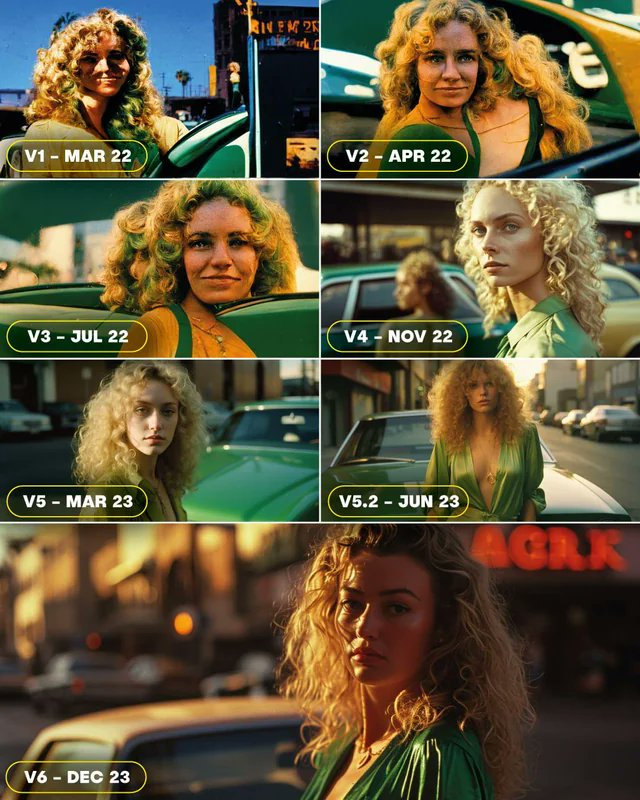
Other developers, such as Open AI, have also made similar progress. Their AI model “Dall-E” was presented for the first time in January 2021 and the most powerful release to date, “Dall-E 3”, has been available since 10 August 2023, which also delivers very attractive results.

Too complex to get started?
The application or its use can hardly be a barrier, as the user interfaces and the process of actually creating images are usually kept quite simple.
Even Midjourney, one of the more “complicated” applications, is quite understandable after a short familiarisation phase, even if it does take some practice. The special feature here is the use of a Discord server, which is used for access and offers advantages such as community-orientation and simple communication between developers and users. Another plus is the uncomplicated availability on various platforms, whether web browsers, mobile apps or desktop applications.
The biggest hurdle a user faces is the creation of the “prompts”, i.e. the description of the graphic to be created.
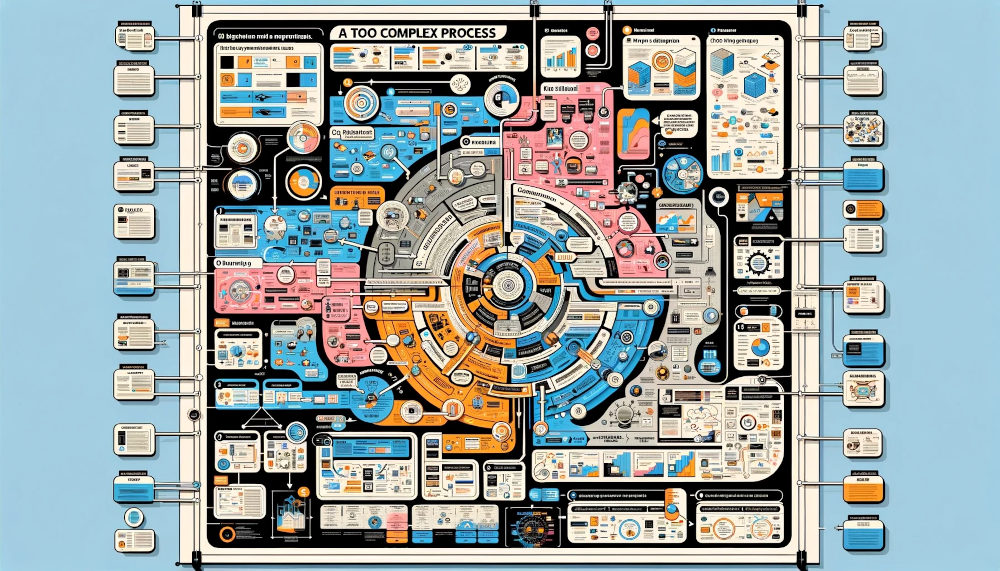
Creating prompts – No Magic without a Spell!
Writing “prompts” for AI graphics generators can be a challenge due to various factors, as the level of detail and structure are crucial to achieving the desired visual content and effects.
In addition to the text entered, some AI models work with parameters that specifically influence the final result. Examples of this are the page format of the graphic to be created, the level of detail or the deviation from a realistic representation. Midjourney has two interesting parameters for this. “CHAOS” and “WEIRD“, with which unusual or unrealistic representations can be deliberately provoked or avoided.
The AI models still sometimes find it difficult to accurately interpret the entered texts. Let’s take a look at some of the hurdles that need to be overcome when creating effective prompts for AI graphics generators:
- Understanding the context: AI graphics generators may require a specific context to produce relevant and meaningful images. Creating prompts that convey the desired context can be difficult as it must be interpreted by the AI. Interpretation always offers potential for misunderstanding, whether between humans or between humans and AI.
- Complexity of prompts: Depending on the sophistication of the AI, prompts may need to be more detailed or more complex to achieve the desired results. Finding the right balance between simplicity and complexity can be a challenge.
- Artistic challenges: If AI generators are designed to mimic artistic styles or techniques, the prompts must also contain artistic nuances. For non-artists who are not familiar with the specific details of a particular style, this can be difficult or even impossible.
- Speech Recognition Function: AI graphic generators, such as Dall-E 3, allow users to record their prompts verbally. This is of course prone to errors and therefore not (yet) a reliable solution for professional use or in the field of marketing.
- Images as Prompts: Most AI graphic generators allow also images as input to influence the composition of the image that is to be created. This is definitely a helpful feature to overcome difficulties and get the desired outcome.
Economic barriers – Is AI affordable?
You can’t talk about economic or financial barriers if you consider that low-cost or even free services are available.
For example, “VISME” offers free access for initial trials, but if you then want to continue using the services, you will be asked to pay, albeit at a reasonable rate, and even Midjourney can be used for as little as $10 per month. This is the basic plan and additional service packages can be ordered depending on requirements.
Fortunately, you don’t have to commit yourself to long periods, and you can usually cancel your subscription on a monthly basis, making it the ideal solution for a few tests or temporary projects.

Advantages of AI Graphics in Email Marketing
- Efficiency and productivity: AI can empower marketing by automating repetitive tasks like generating variations of layouts or customizing elements. This frees up graphic designers’ time to focus on higher-level creative concepts and ensure brand consistency.
- No copyright on AI graphics: If you want to use photos and graphics for marketing activities, sooner or later you will encounter problems with copyright, many photos or graphics cannot be used without further ado. The solution is usually to buy the rights to use them, but this can quickly become quite costly. This is where the advantage of AI-generated images comes into play, because once created, they are personal property and can therefore be used without restriction for your own purposes and publications.
- Innovation in design: AI can come up with creative and unique designs that are almost impossible, or very time-consuming, for humans to create. This allows a company to stand out from the grey masses with these extraordinary graphics, and this with a relatively low investment use of resources.
- Personalization on a large scale: AI enables the creation of highly personalized content tailored to individual preferences, resulting in more engaging and effective email campaigns. For example, a tourism company can easily create designs for all customer groups and their favorite travel destinations.
- Countless graphic styles: Different styles of graphics can be realized quickly and easily. Just a brief specification of the desired style in the corresponding prompt is enough to create the desired effect.
Disadvantages of AI graphics in Email Marketing
- Incorrect spelling due to AI: If certain texts are to be integrated into the images or graphics, the result is very likely to be very unsatisfactory, as serious errors occur in the spelling of words with the current level of development. The text symbols in the graphic are just lines and shapes with endless possibilities for positioning and combination. This variety presents the AI models with a mostly unsolvable challenge – for now! However, given the current pace of developments, a solution can certainly be expected in the near future. Until the correct representation of text is fully implemented by the AI, the files can be finalized by manual post-processing. However, if there is little text or short words, you may be lucky and AI will find the right solution.
- Quality aspects: Sometimes AI-generated graphics do not meet high standards or specific brand requirements, so manual adjustments are needed. But this is the assessment of the current situation, at the beginning of 2024, and it can be assumed that the performance of AI models will increase enormously in the coming months, and with it the quality of the files created.
- Large variance: AI models are probability-based and the results are subject to various random factors. The identical reproduction of certain designs is therefore not possible, even with an identical command line (prompt). Once a design has been created, it must be saved and changed manually if necessary.
- No copyright on AI graphics: Yes, this argument has already appeared under the advantages, but one must also be aware of the disadvantages. You cannot legally protect your own AI designs from theft, with all the possible negative consequences.
- Dependence on technology: There is a risk of know-how being lost in the company if tasks are completely taken over by AI models. It is then almost impossible, or very difficult, to go back to a “manual” way of working. Of course, this also raises the question of the extent to which this step “back” should still be taken, as it makes day-to-day work considerably easier and more efficient.
- Ethical and authenticity issues: There are concerns about the authenticity of AI-generated content and ethical considerations regarding its use. This includes the possibility of generating seemingly realistic images of people, places or objects, which are not real and can therefore lead to deception. AI is also able to generate faces that correspond to real people, thereby jeopardizing their privacy and identities, which in turn raises significant legal and ethical questions. Of course, this concerns the use of AI in general and not just email marketing. However, one thing is certain, AI should always be used ethically and responsibly.
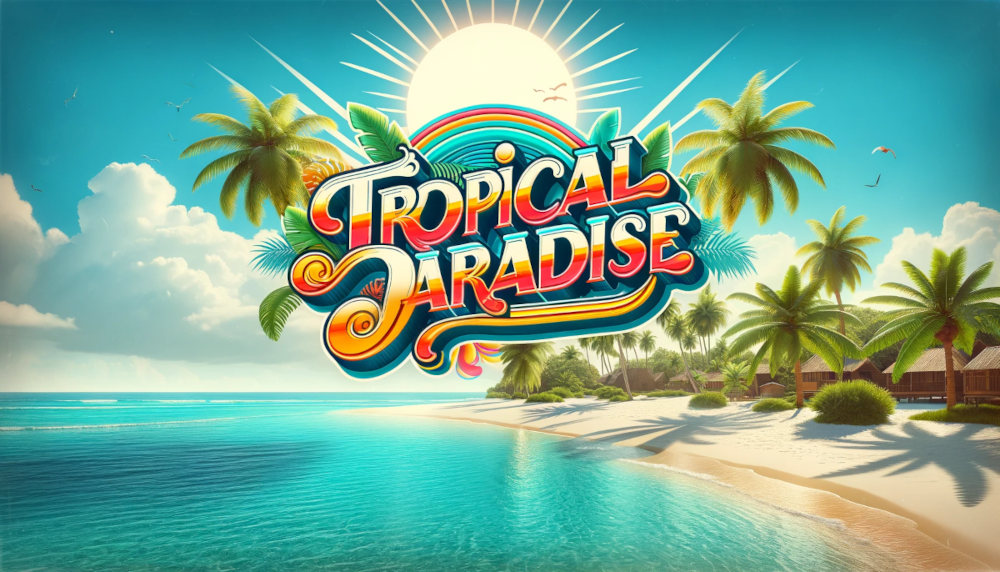
What AI can do for your Email Marketing
All theory is grey, even with AI-generated graphics. So let’s take a look at what AI can actually do for us.
As mentioned at the beginning, the basic aim is to make our emails more appealing and to utilize all available graphic means to achieve this. Improving the visual appeal of email marketing campaigns with precisely matching or personalized content that not only appeals to recipients, but amazes them. AI certainly offers this opportunity, whether in a cold email to attract new customers, in a weekly newsletter, or even in DEM (Direct Email Marketing) when introducing the latest product innovations.
Let’s look at some examples that were created entirely by the AI models Dall-E 3 and Midjourney V6:
Graphics for a coffee manufacturer:
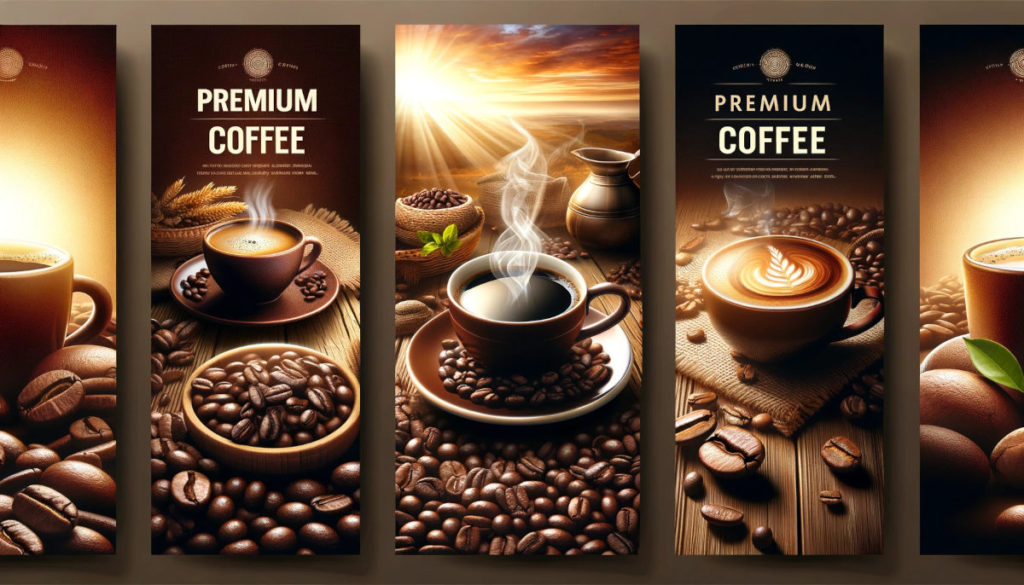
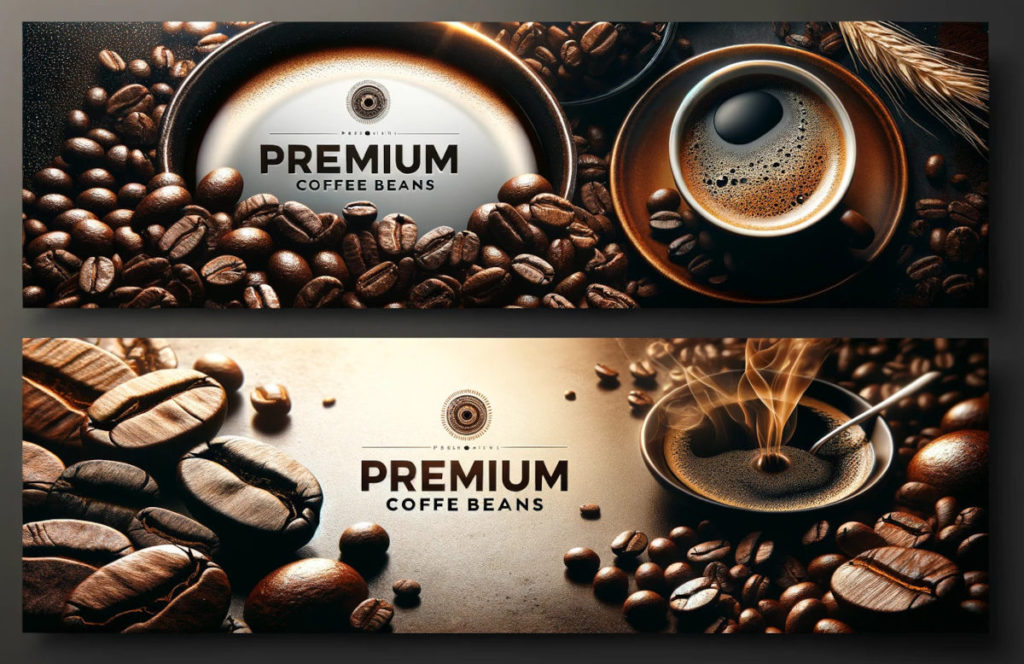
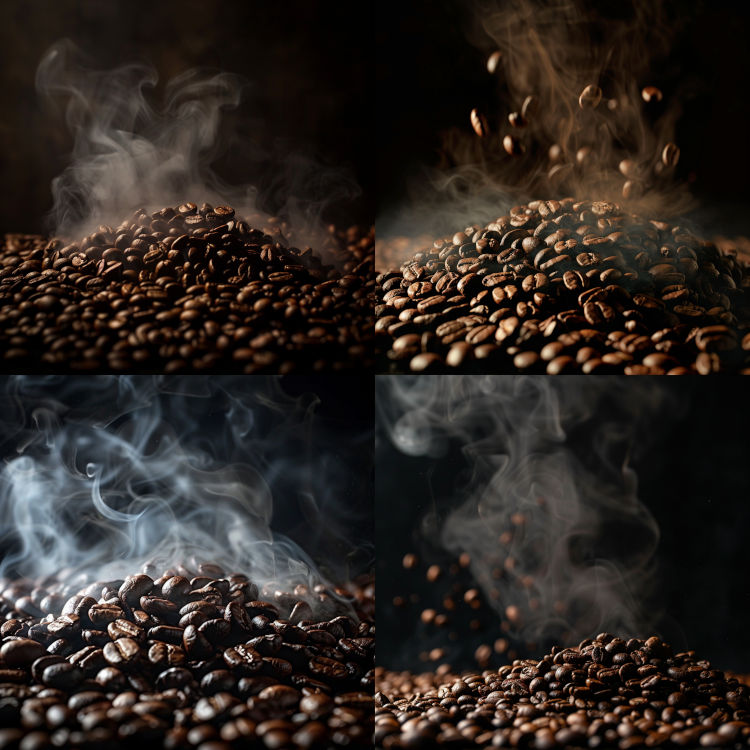
Graphics for a manufacturer of orange juice:
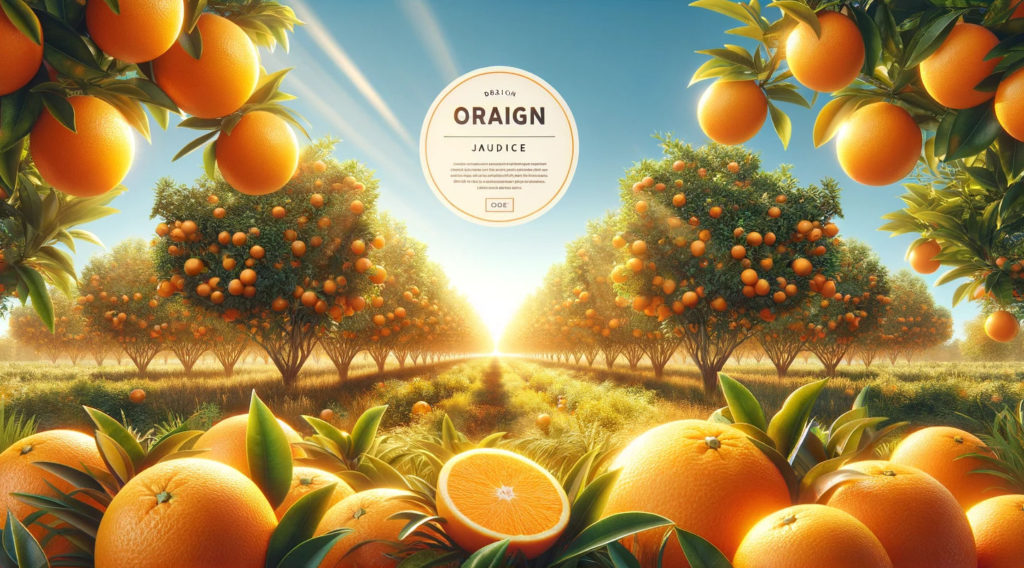
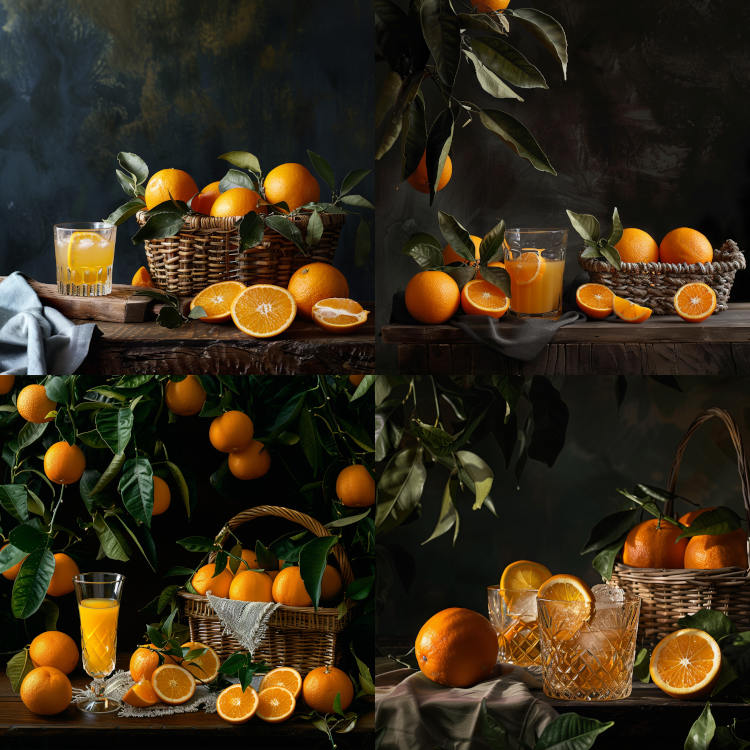
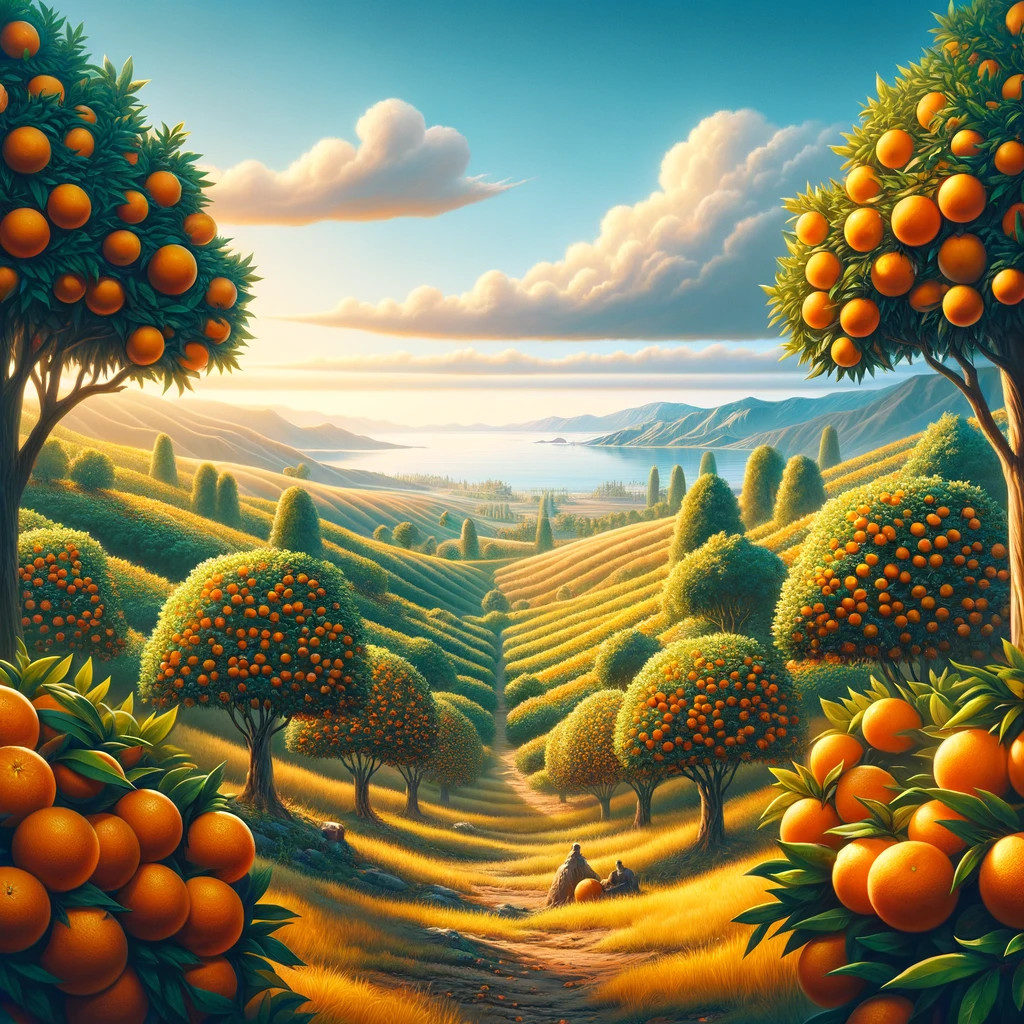
Graphics for tourism companies:
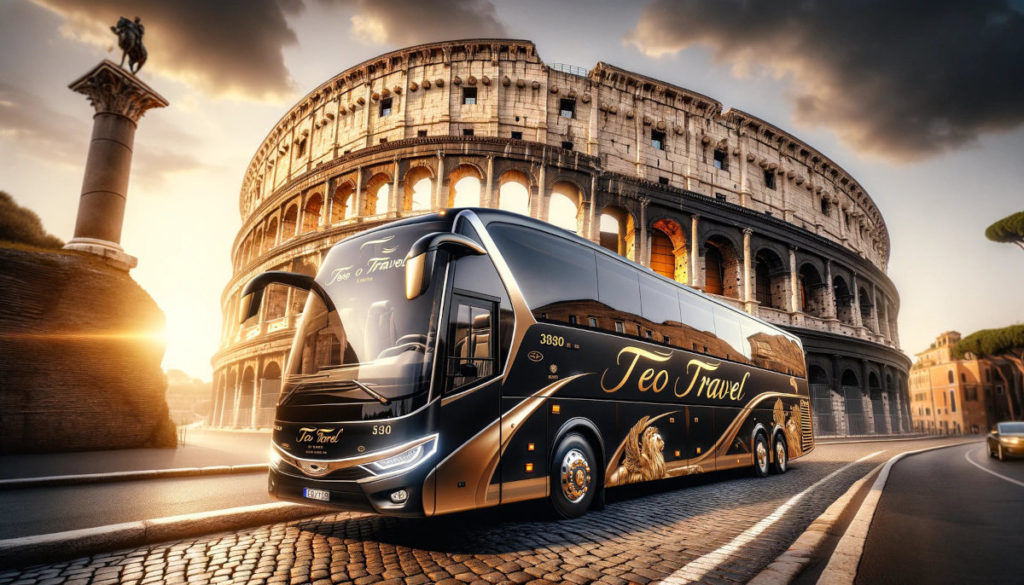

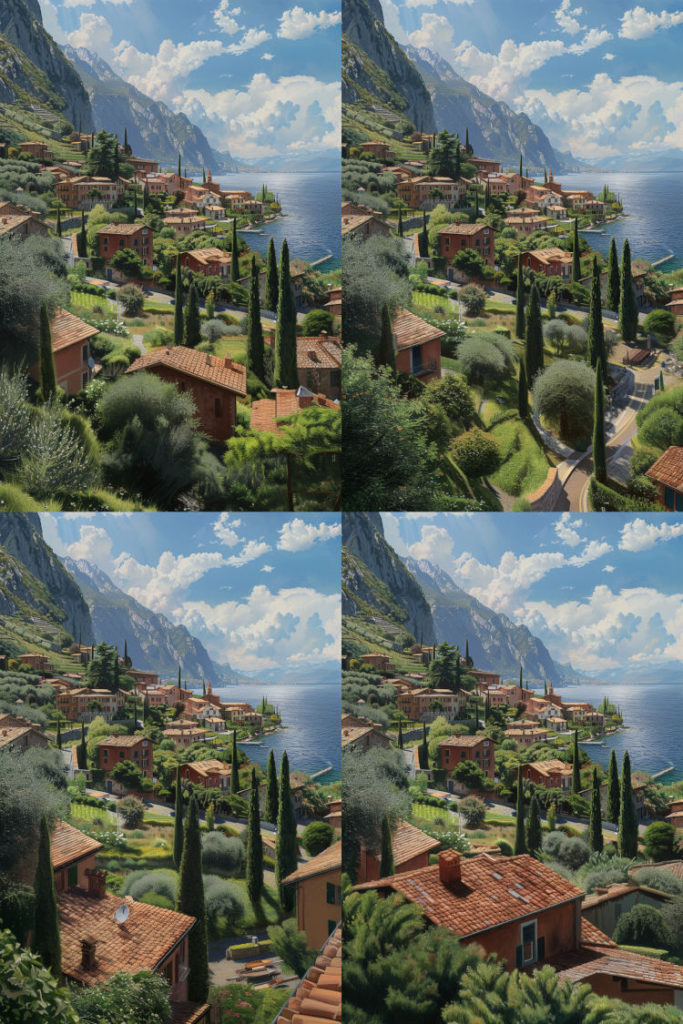
New Opportunities for Email Marketing
In summary, AI graphic generators enable email marketers to create visually appealing, personalized and dynamic content, which ultimately leads to an increase in engagement and conversion rates if implemented successfully.
In detail, the following points arise:
- Visual content creation: Facts can be illustrated efficiently, making emails more appealing and memorable. The increased attention of the email recipient can lead to a higher engagement rate.
- Personalized visual content: Based on user preferences, individual and personalized graphics can be created for different target groups and their preferences. For a travel company, this could mean that different travel destinations can easily be visualized.
- Appealing product presentation: Products can be presented in a visually appealing way in emails. This can increase acceptance among potential customers.
- Banner design: AI tools can design eye-catching and unusual banners for promotional emails or e-commerce platforms with little time expenditure.
- Creative email campaigns: AI-generated imagery can be used to create unique and creative email campaigns. Stand out from the crowd with artistic graphic content!
- Creation of different formats: Graphics can be created quickly and easily for different devices, whether desktop, tablets or even smartphones. The aspect ratio can be influenced easily.
- Limitless possibilities: There are practically no limits, only the imagination sets the boundaries
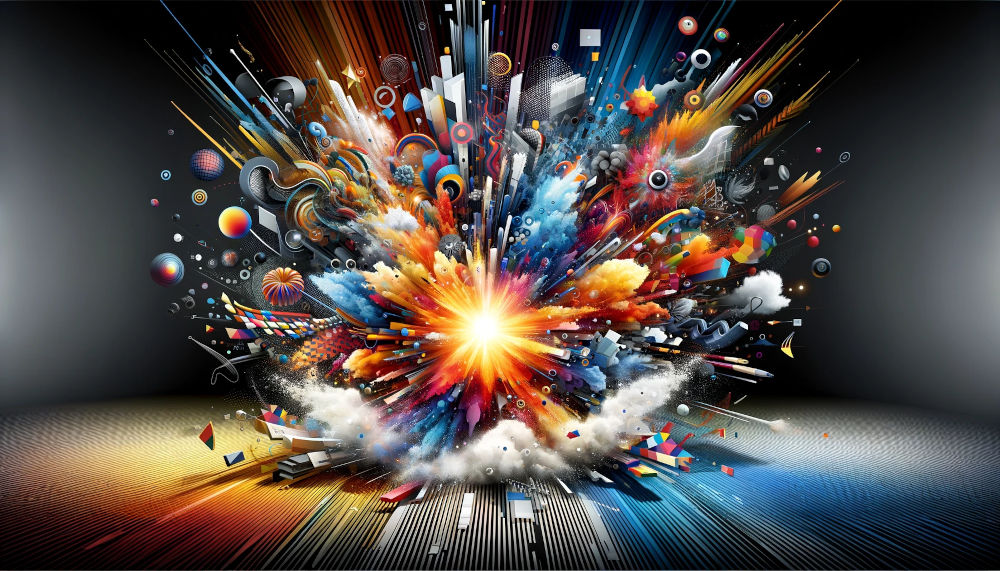
Future Prospects
The prospects for the future are more than positive; it is predicted that demand and therefore the market will grow steadily and at an exceptionally fast rate.
However, it is not just the market that will grow, there will also be significant technological advances that will give AI graphics generators a decisive role, and not just in the creative industry.
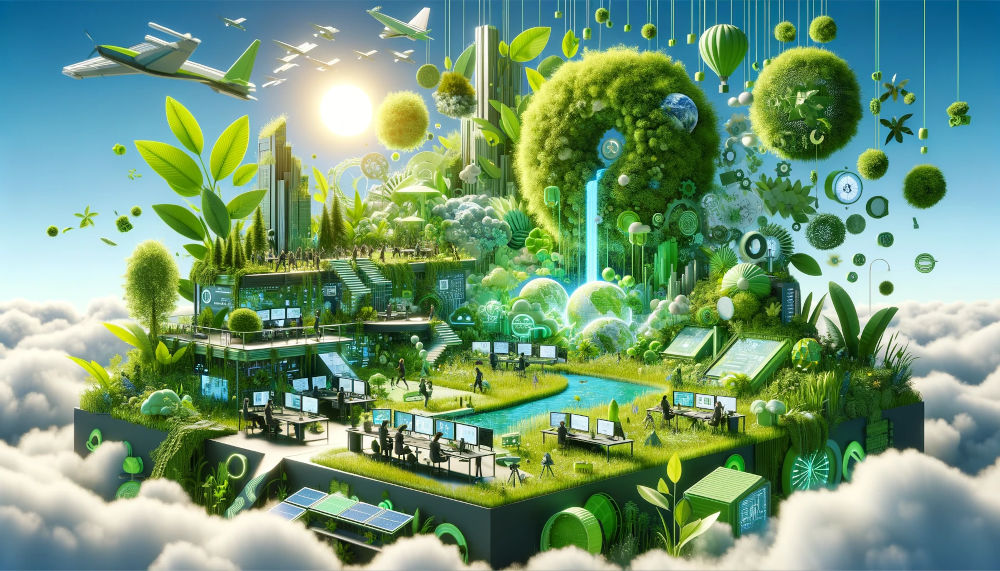
The expected innovations at a glance:
- Future AI graphics generators will most likely generate higher resolution and more accurate representations
- Surfaces and materials will be rendered more realistically
- AI models will be able to understand and implement more complex prompts
- Shorter computing and waiting times
- AI models will be much more creative in the future
- More efficient user interfaces will offer numerous functions not only for professional applications
- Higher performance and broader functionality will open up new areas of application, examples include:
- Videos
- Virtual reality
- Games
- Education sector
Conclusion
Just as artificial intelligence is very likely to significantly influence or even drastically change almost all areas of our lives, AI graphic generators will find a permanent place in the working world of email marketers. The foundation has been laid, as the examples shown here prove. The enormous pace of innovation may come as a surprise and one thing is certain – you should not miss this bullet train!
